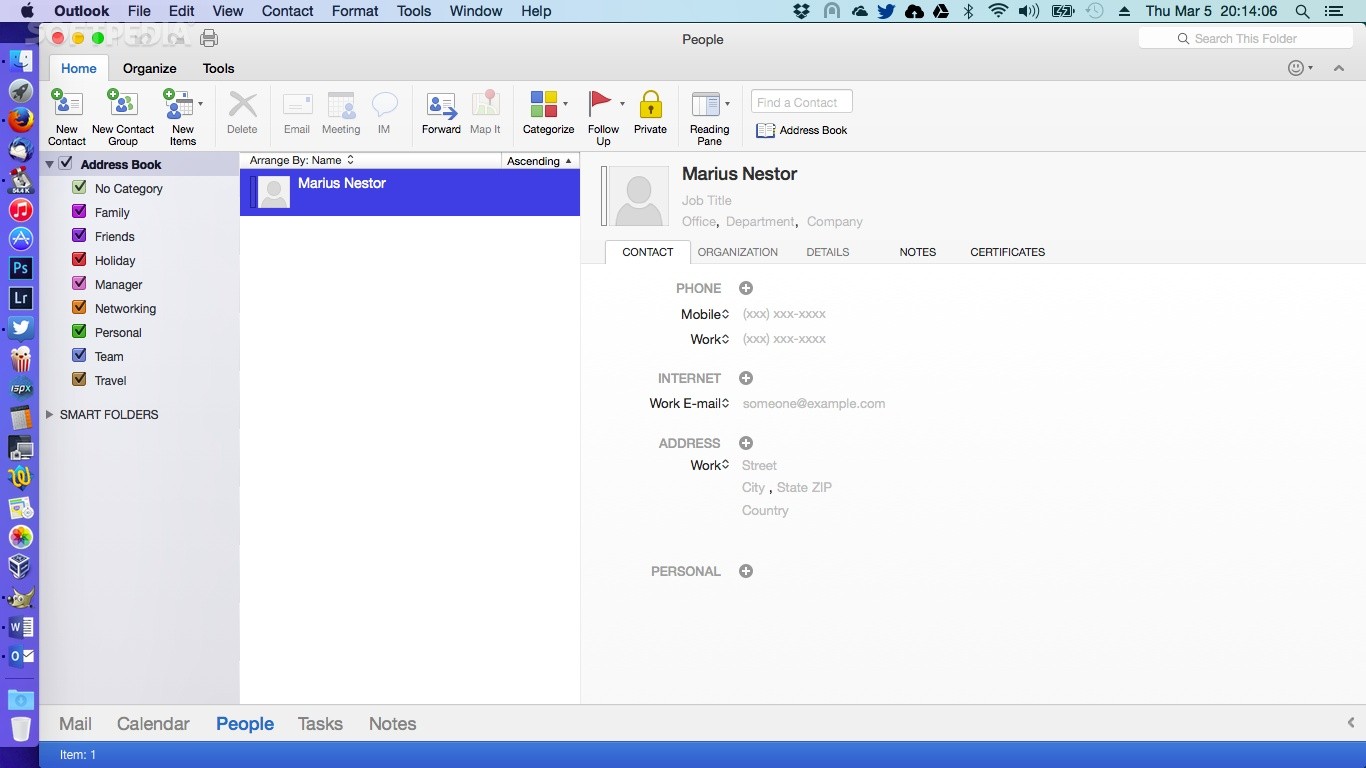Microsoft Software For Mac
Mac Software Overview There is a wide variety of software available for your Mac. UW offers a selection of free and discounted software for your Mac through UWare. Apple Software UW no longer has a licensing agreement with Apple. MacOS Operating System updates and Apple software is available through the Mac App Store. Educational discounts on select software can be found in the. If you have a special case which requires access to the previously licensed Apple software please send email to help@uw.edu and include in the subject “Apple software license”. Adobe Software Perpetual licenses for Adobe Software are no longer available and UW does not currently have a licensing agreement with Adobe.
Adobe offers academic subscriptions for faculty, students, and staff for personal use and other subscription plans for departmental use. More information can be found at: Popular Mac Software available in Uware (VPN Software) Science and Engineering Software Mathematics and Statistics Software Utility Software.
Microsoft Office Software For Mac
Despite the Mac's recent gains in market share, Windows is still the dominant operating system, especially in businesses. That means there may be times when you need to run the Microsoft OS: perhaps there’s an application your company uses that’s only available for Windows, or you’re a web developer and you need to test your sites in a true native Windows web browser. Or maybe you want to play computer games that aren’t available for OS X. Whatever your reason for running Windows, there are a number of ways your Mac can do it for you. If you need to run just one or two specific Windows apps, you may be able to do so using ( ), which can run such applications without requiring you to actually install Windows.


Microsoft Software For Macbook
(CrossOver's vendor, CodeWeavers, maintains a.) If you need a more flexible, full-fledged Windows installation, you still have several other options. You could use Apple’s own, which lets you install Windows on a separate partition of your hard drive. Or you could install one of three third-party virtualization programs: ( ), ( ), or ( ), each of which lets you run Windows (or another operating system) as if it were just another OS X application. Of those four options, Boot Camp offers the best performance; your Mac is wholly given over to running Windows. But you have to reboot your system to use Boot Camp, so you can’t use it at the same time as OS X; it's Mac or Windows, but not both. And while VirtualBox is free, setting it up is complicated—downright geeky, at times—and it lacks some bells and whistles you might want.
Which leaves Parallels Desktop and VMware Fusion as your best alternatives. So, of those two, how do you decide which one is right for you?

In the past, I tried to answer that question by, to see how they did on specific tasks. This time, however, that task-based approach didn’t work, largely because (with a couple exceptions that are noted below) the latest versions of Fusion and Parallels Desktop are nearly indistinguishable in performance. So instead of picking one program over the other based on how well it performs a given task, the choice now hinges on some more subjective factors. So this time around, I’ll look at those and try to explain how the two programs differ on each. Note that, for the most part, I've focused primarily on using these programs to run Windows on your Mac.
You can, of course, use them to run other operating systems—including OS X Lion itself—but that’s not the focus here. General Performance As noted, both Parallels Desktop and Fusion perform well when it comes to running Windows 7 on a Mac. Macworld Labs ran both programs through PCWorld’s WorldBench 6 benchmark suite, and the results were close: overall, VMware Fusion beat out Parallels Desktop by a very slight margin (113 to 118, meaning Fusion was 18 percent faster than a theoretical baseline system, Parallels Desktop 13 percent). Parallels Desktop was faster than Fusion in some individual tests, Fusion was faster in others, and in the rest the differences were almost too close to call. Parallels Desktop 7 vs.